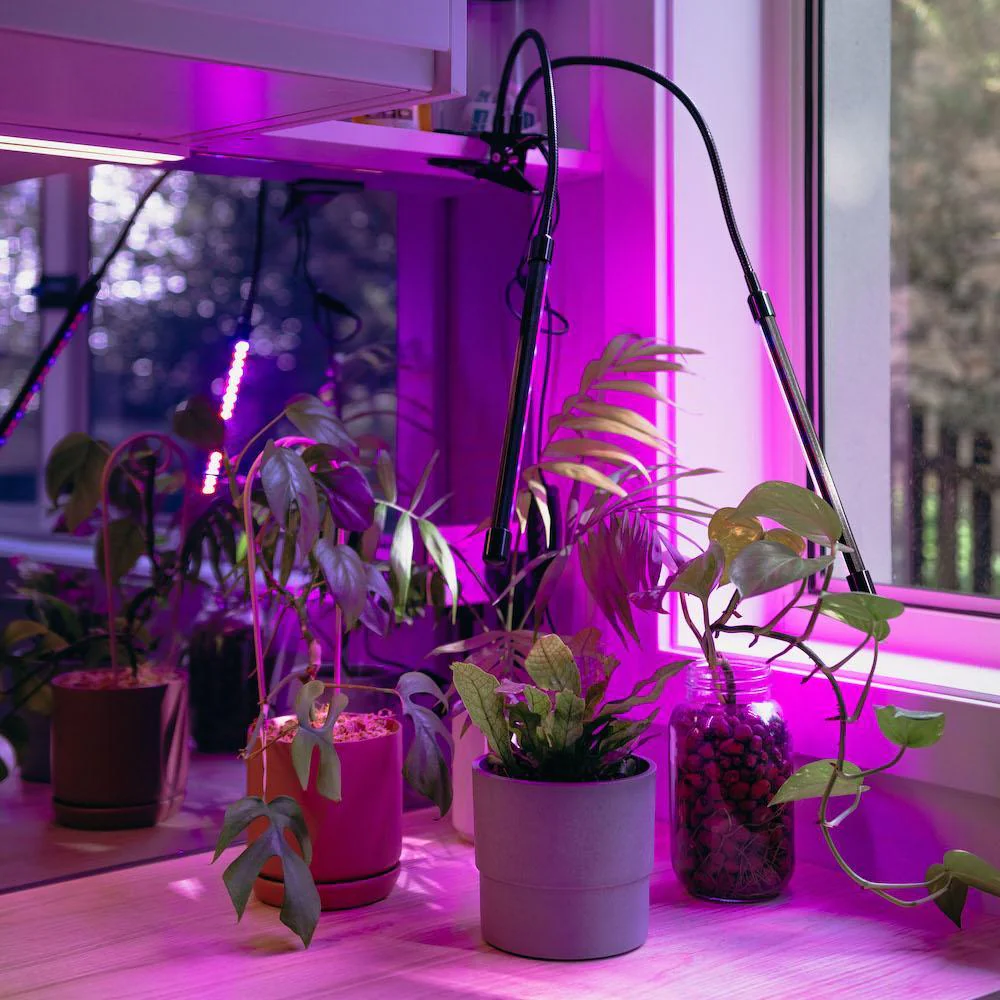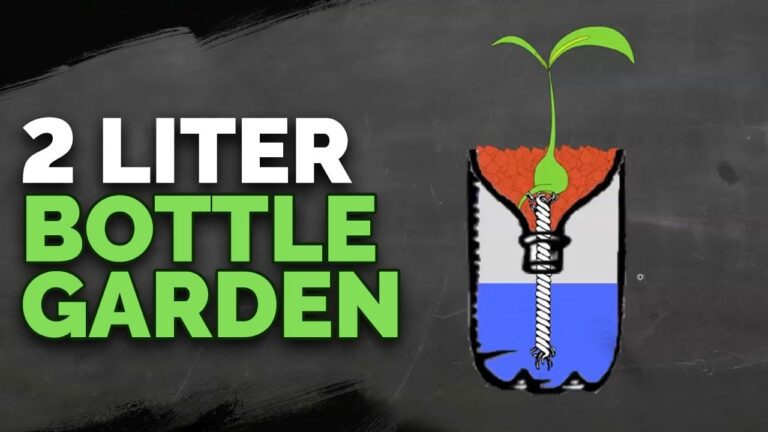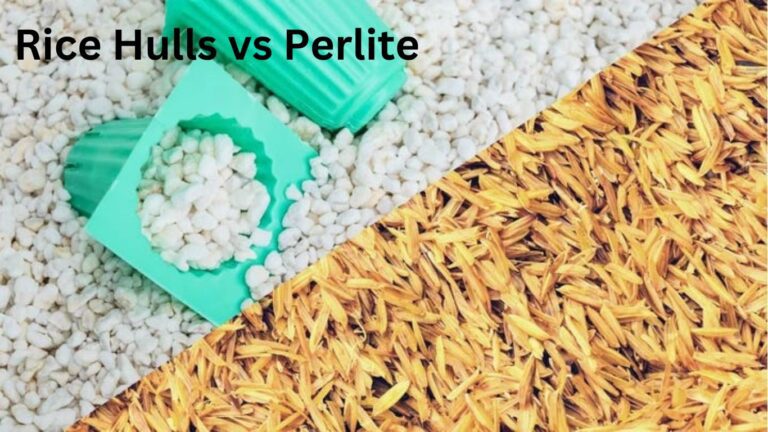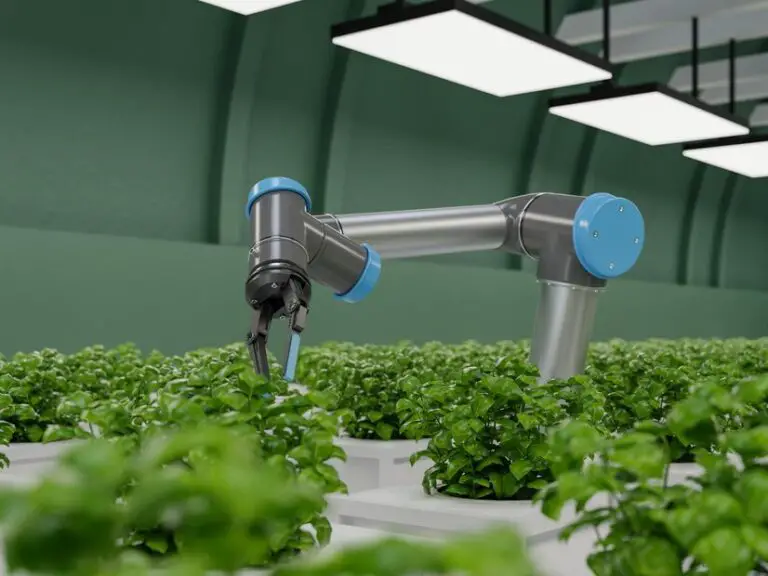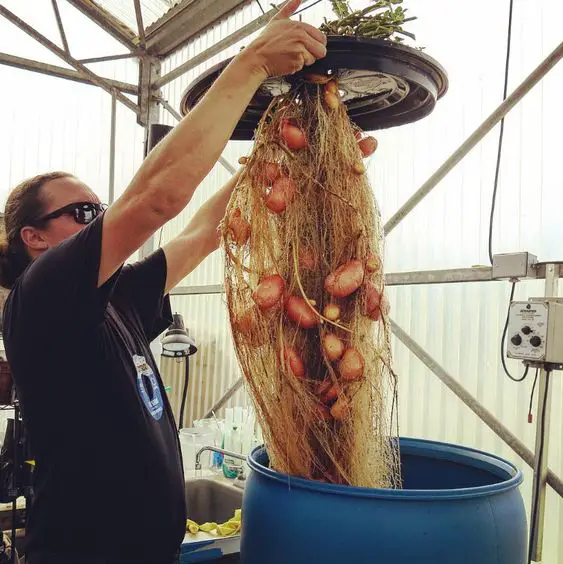SE vs DE Grow Lights: What They Are, How They Differ, and Which One is Better for Your Plants
Table of Contents
Understanding Grow Lights: A Comprehensive Guide
When it comes to indoor gardening, one of the most crucial factors to consider is lighting. Grow lights play a fundamental role in providing the necessary light spectrum for plants to thrive and grow. Understanding the different types of grow lights, their features, and how they affect plant growth is essential for any gardening enthusiast.
Grow lights are artificial light sources designed to mimic the sun’s natural spectrum, providing the necessary light energy for photosynthesis. This is particularly important in indoor settings where plants might not receive adequate natural sunlight. By understanding how different types of grow lights function, gardeners can optimize their indoor gardening setup and ensure the best possible conditions for their plants to thrive.
The Importance of Choosing the Right Grow Light for Your Plants
Choosing the right grow light for your plants is an essential factor in ensuring their healthy growth and development. With the wide variety of options available in the market, it can be overwhelming to make the best choice. However, taking the time to understand the specific needs of your plants and the different features of grow lights will greatly contribute to their overall success.
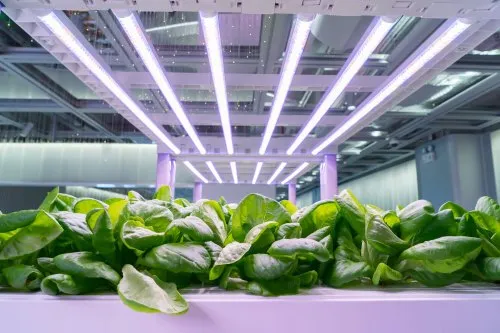
The right grow light will provide your plants with the necessary light spectrum and intensity to support their photosynthesis process. Different plants require different levels of light, depending on their stage of growth and specific requirements. An inadequate or inappropriate grow light can lead to stunted growth, poor flowering, and reduced overall yield. Conversely, a well-chosen grow light can mimic natural sunlight, providing your plants with the optimal light conditions they need to thrive. By carefully considering the specific needs of your plants and selecting the right grow light, you are setting the stage for healthy and productive growth.
Exploring the Different Types of Grow Lights
When it comes to grow lights, there are several types to choose from, each offering its own set of advantages and considerations. One of the most common types is the fluorescent grow light. Fluorescent lights are affordable, easy to install, and energy-efficient. They emit a cool light that is ideal for seedlings and young plants. However, they may not provide sufficient light for larger plants or those in the flowering stage.
Another popular option is the high-intensity discharge (HID) grow light. HID lights, such as metal halide and high-pressure sodium lights, produce a bright and intense light that promotes vigorous growth and flowering. They are suitable for all stages of plant growth and are often favored by experienced gardeners. However, they tend to generate a significant amount of heat and require proper ventilation to prevent damage to plants.
These are just a few examples of the different types of grow lights available on the market. Before making a decision, it’s important to consider factors such as the size and stage of your plants, the amount of space you have available, and your budget. Additionally, consulting with experienced growers or seeking advice from horticultural experts can help you make an informed choice that will optimize the growth and health of your plants.
Here is a table that shows the different types of grow lights for hydroponics:
| Type of Grow Light | Description |
|---|---|
| LED Grow Lights | Light-emitting diodes that produce light across the spectrum. |
| Fluorescent Grow Lights | Use gas discharge to produce light, available in T5 and T8 forms. |
| High-Intensity Discharge (HID) Lights | Use gas and metal halide or high-pressure sodium bulbs. |
| CFL (Compact Fluorescent Lamp) Grow Lights | Compact version of fluorescent lights, available in spiral or U-shape. |
Shedding Light on Single-Ended Grow Lights
Single-ended grow lights are a popular choice among indoor gardeners due to their affordability and versatility. These lights consist of a single-ended bulb that is connected to a reflector, which helps direct and maximize the light output. The reflector is designed to evenly distribute the light, ensuring that all plants receive an equal amount of illumination.
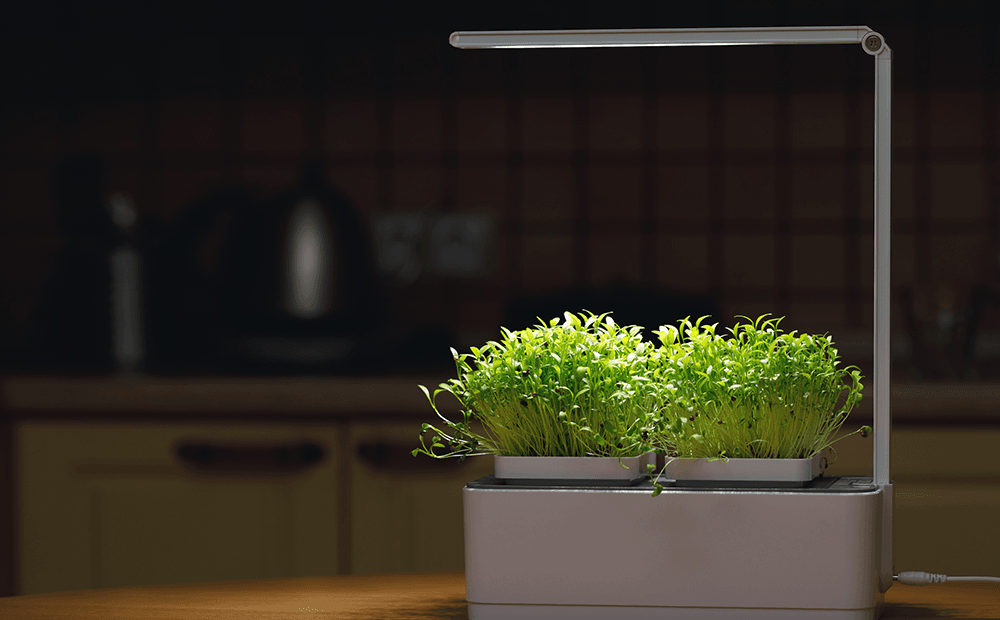
One advantage of single-ended grow lights is their ease of use. They can be simply plugged into a standard electrical socket, making them a convenient option for beginner gardeners or those with limited technical knowledge. Additionally, these lights are available in various wattages and spectrum options, allowing growers to customize the lighting conditions for specific plant species or growth stages. Whether you are cultivating leafy greens, flowering plants, or herbs, single-ended grow lights provide ample illumination for healthy and vigorous growth.
Unveiling the Features of Double-Ended Grow Lights
Double-ended grow lights are becoming increasingly popular among indoor gardeners and horticulture enthusiasts. These innovative lighting fixtures offer a range of features that make them a top choice for professional growers and hobbyists alike.
One notable feature of double-ended grow lights is their enhanced efficiency and light output. Compared to traditional single-ended grow lights, double-ended fixtures can deliver up to 30% more light intensity, ensuring optimal growth and yield for your plants. This increased output is attributed to the use of double-ended bulbs, which emit light from both ends, resulting in improved coverage and penetration throughout the canopy. Whether you are growing leafy greens, flowering plants, or fruit-bearing crops, the superior light distribution offered by double-ended grow lights can significantly enhance the health and productivity of your plants.
Comparing the Efficiency of Single-Ended and Double-Ended Grow Lights
When it comes to comparing the efficiency of single-ended and double-ended grow lights, there are several factors to consider. One of the primary factors is the light intensity and distribution. Double-ended grow lights generally provide higher light intensity and more uniform light distribution compared to single-ended lights. This means that plants under double-ended lights receive a more even and intense light, which can lead to better growth and higher yields.
Additionally, the efficiency of grow lights can also be assessed in terms of their energy consumption. Double-ended grow lights are known to be more energy-efficient than single-ended lights. This means that they can produce the same level of light output while consuming less electricity, which can result in cost savings over time. Moreover, the higher energy efficiency of double-ended lights also means less heat production, reducing the need for additional cooling and ventilation systems.
It’s important to note that the efficiency of grow lights may vary depending on the specific model and brand. Therefore, it is advisable to consult the manufacturer’s specifications and seek advice from experts in the field to make an informed decision that best suits your plant’s needs. By carefully considering the light intensity, distribution, energy consumption, and heat output of single-ended and double-ended grow lights, you can choose the most efficient option to optimize your plant growth and achieve the desired results.
The table below gives us more precise information about the efficiency of single ended and double ended grow lights:
| Aspect | Single-Ended Grow Lights | Double-Ended Grow Lights |
|---|---|---|
| Light Output | Generally lower light output per lamp. | Higher light output per lamp. |
| Efficiency | May have slightly lower efficiency compared to double-ended. | Generally more efficient in terms of light production and distribution. |
| Coverage Area | Covers a smaller area per lamp. | Provides a larger coverage area per lamp. |
| Lifespan | Tends to have a shorter lifespan compared to double-ended lights. | Typically has a longer lifespan. |
| Heat Emission | Generates more heat per unit of light output. | Produces less heat per unit of light output. |
| Cost | Lower initial cost compared to double-ended lights. | Higher initial cost, but potentially lower long-term cost due to efficiency. |
| Installation Flexibility | Generally more flexible and easier to install. | May require more precise installation due to higher light intensity. |
| Light Spectrum | Provides a broad spectrum of light suitable for plant growth. | Offers a balanced spectrum, often optimized for plant development. |
Examining the Light Output and Coverage of Single-Ended Grow Lights
Single-ended grow lights are a popular choice among indoor gardeners due to their efficient light output and wide coverage area. These grow lights are designed with a single tube or bulb that emits light in a 360-degree pattern, providing even illumination across the entire garden space. The light output of single-ended grow lights is typically measured in lumens or foot-candles, which indicates the intensity and brightness of the light.
When it comes to coverage, single-ended grow lights are known for their wide-spreading capabilities. They can effectively cover a larger area compared to other types of grow lights, making them suitable for gardens with multiple plants or larger grow spaces. This means that you can have more plants or crops receiving the necessary light for their growth and development. Additionally, the uniform light distribution of single-ended grow lights helps to prevent shadowing issues, ensuring that every plant receives adequate light for photosynthesis. So, whether you have a small herb garden or a large vegetable patch, single-ended grow lights can provide the light output and coverage needed for optimal plant growth.
Evaluating the Light Output and Coverage of Double-Ended Grow Lights
Double-ended grow lights are known for their exceptional light output and wide coverage, making them a popular choice among indoor gardeners. These high-intensity lights are designed to maximize photosynthetic activity and promote healthy plant growth.
When it comes to light output, double-ended grow lights shine. They utilize advanced technology to produce intense light that closely mimics the sun’s spectrum, providing plants with the ideal wavelengths for photosynthesis. With their double-ended design, these lights are able to emit light from both ends, resulting in more uniform and efficient coverage across your growing area. This means that every corner of your garden receives the same intense light, ensuring that all your plants receive the necessary energy for optimal growth. No more worrying about uneven lighting and weak, leggy plants. With double-ended grow lights, you can achieve consistent and vigorous growth throughout your indoor garden.
Analyzing the Energy Consumption of Single-Ended and Double-Ended Grow Lights
When it comes to analyzing the energy consumption of single-ended and double-ended grow lights, it is important to consider several factors. First and foremost is the wattage of the lights. Single-ended grow lights typically have lower wattage compared to double-ended ones. This means that single-ended lights consume less energy overall. However, it is essential to remember that the wattage alone does not provide a complete picture of energy efficiency.

Another key aspect to consider is the efficacy of the grow lights. Efficacy refers to the amount of light produced per watt of energy consumed. Double-ended grow lights often have higher efficacy compared to single-ended lights. This means that double-ended lights are more efficient in converting energy into usable light for plant growth. As a result, they can provide the same level of light output as single-ended lights while consuming less energy. This higher efficacy of double-ended lights can lead to significant energy savings in the long run.
Assessing the Lifespan and Durability of Single-Ended and Double-Ended Grow Lights
When assessing the lifespan and durability of single-ended and double-ended grow lights, there are several key factors to consider. First and foremost is the quality of the components used in the construction of the lights. Higher quality materials and craftsmanship often result in longer-lasting and more durable lights. It is important to choose lights from reputable manufacturers who have a proven track record of producing reliable and sturdy products.
Another factor to consider is the operating conditions in which the lights will be used. Grow lights are typically exposed to high levels of heat and humidity, which can affect their lifespan and durability. Lights that are designed to withstand these conditions, such as those with efficient cooling systems and waterproof construction, are likely to have a longer lifespan and better overall durability.
Furthermore, it is important to consider the maintenance requirements of the grow lights. Lights that require frequent bulb replacements or extensive cleaning and upkeep may be more prone to failure and may not have as long of a lifespan as lights that require minimal maintenance. It is advisable to choose lights that are easy to maintain and have replaceable parts readily available.
Overall, the lifespan and durability of single-ended and double-ended grow lights depend on a combination of factors including the quality of the components, the operating conditions in which the lights are used, and the maintenance requirements. By taking these factors into consideration, growers can make a well-informed decision and choose lights that will provide reliable and long-lasting performance for their plants.
Understanding the Heat Output and Cooling Requirements of Single-Ended and Double-Ended Grow Lights
Single-ended and double-ended grow lights differ in their heat output and cooling requirements, which play a crucial role in maintaining optimal growing conditions for your plants. As plants undergo photosynthesis, the light intensity and duration can raise the temperature in the grow space. This increase in temperature can have adverse effects on plants, including reduced photosynthesis, stunted growth, and even plant damage. Understanding the heat output and cooling requirements of your grow lights is essential to ensure the well-being and productivity of your plants.
Single-ended grow lights generally produce more heat compared to double-ended ones. This higher heat output requires an efficient cooling system to maintain the desired temperature range for plant growth. Adequate cooling ensures that your plants do not experience heat stress, which can lead to wilting, nutrient deficiencies, and other detrimental effects. It is important to consider factors such as ventilation, airflow, and temperature control mechanisms when using single-ended grow lights. Implementing proper cooling measures, such as fans, exhaust systems, and reflector designs that dissipate heat effectively, can help regulate the temperature and create a favorable environment for your plants to thrive.
Considering the Cost and Maintenance of Single-Ended and Double-Ended Grow Lights
When considering the cost and maintenance of single-ended and double-ended grow lights, it is important to assess not only the initial price but also the long-term expenses. Single-ended grow lights tend to be more budget-friendly, making them a popular choice among gardeners who are starting out or have limited resources. These lights generally have lower upfront costs and are widely available in the market. Additionally, single-ended grow lights are relatively easy to maintain, requiring less frequent replacement of bulbs.
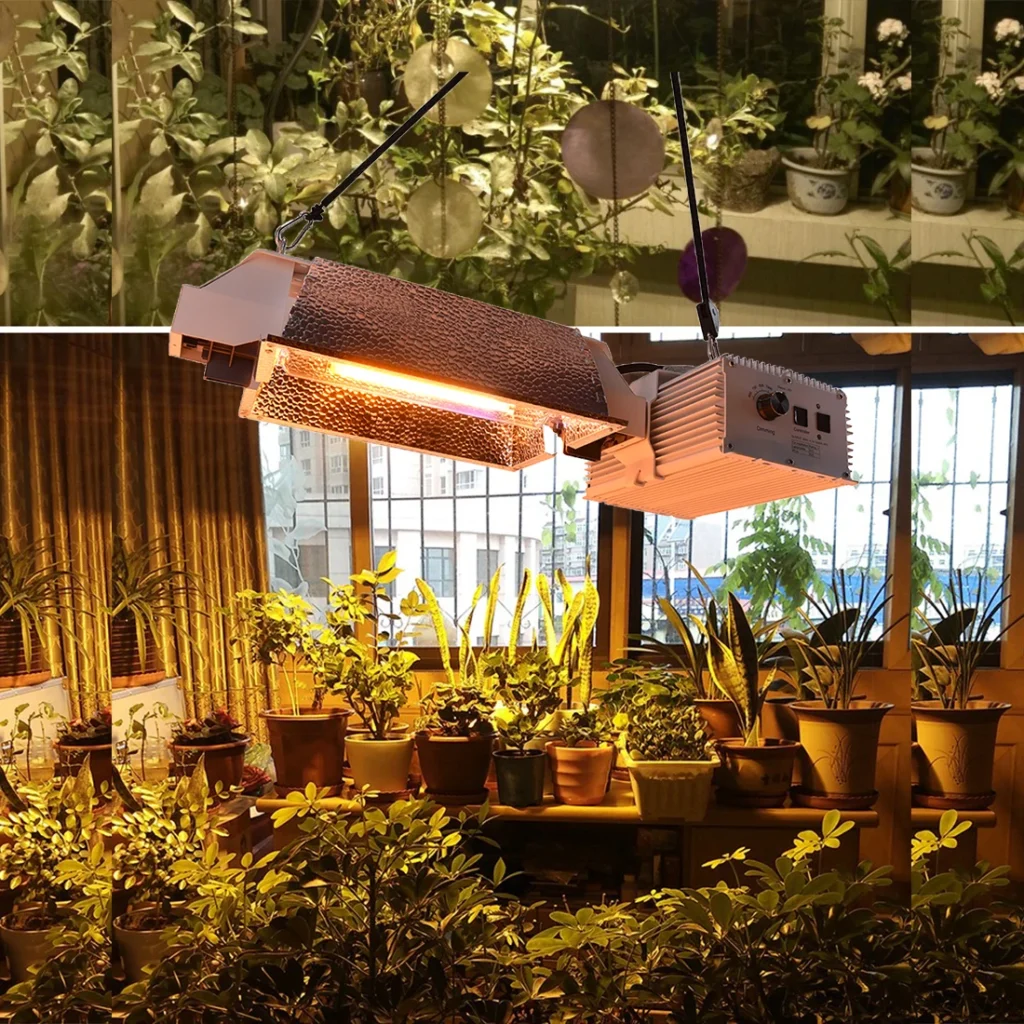
On the other hand, double-ended grow lights may involve higher initial investment compared to single-ended options. However, they often offer superior performance and efficiency, which can result in long-term cost savings. These lights are designed to provide enhanced light intensity and coverage, promoting better plant growth and higher yields. Furthermore, double-ended grow lights have a longer lifespan compared to single-ended ones, reducing the need for frequent replacements and maintenance. While they may require a slightly higher upfront investment, the superior performance and longevity of double-ended grow lights can make them a worthwhile choice for serious gardeners and commercial growers.
Making the Right Choice: Determining the Best Grow Light for Your Plants
Determining the best grow light for your plants is a crucial decision that can significantly impact the success of your gardening efforts. With so many options available in the market, it can be overwhelming to choose the right one. However, by considering a few key factors, you can make an informed choice that suits the needs of your plants.
One important aspect to consider is the type of grow light that would be most suitable for your plants. There are various types available such as single-ended and double-ended grow lights, each offering unique features and benefits. Evaluating the light output, coverage, energy consumption, lifespan, and heat output of these lights can help you determine which type would best meet the requirements of your plants. Additionally, considering the cost and maintenance associated with each type can also be crucial in making a sound decision.
Watch the vidoe for better understanding about the single ended and double ended grow lights in hydroponics.
As you navigate through the process of choosing the best grow light, it is essential to weigh the pros and cons of each option carefully. Assessing the specific needs of your plants, the space available for growing, and your budget will help guide you towards the right choice. By conducting thorough research, consulting experts, and seeking recommendations from fellow gardening enthusiasts, you can make an informed decision that maximizes the growth and yield of your plants. Remember, investing in a high-quality grow light tailored to your plants’ needs will ultimately contribute to the success of your gardening endeavors.
What is the recommended distance between plants and the grow light?
The recommended distance between plants and the grow light depends on the type of grow light and the specific needs of your plants. It is best to refer to the manufacturer’s guidelines for the optimal distance.
Can I use a single-ended grow light for all stages of plant growth?
Yes, single-ended grow lights are suitable for all stages of plant growth. However, different stages may require different light spectrums, so it is important to choose a single-ended grow light with adjustable settings or consider using different types of grow lights for specific growth stages.
Do double-ended grow lights produce more heat compared to single-ended grow lights?
Generally, double-ended grow lights produce more heat than single-ended grow lights due to their higher wattage and efficiency. It is crucial to provide proper ventilation and cooling systems when using double-ended grow lights to prevent heat damage to your plants.
Are double-ended grow lights more expensive to purchase?
Yes, double-ended grow lights tend to be more expensive to purchase compared to single-ended grow lights. However, they often offer higher efficiency and longer lifespan, which can result in cost savings in the long run.
Can I mix different types of grow lights in my indoor garden?
Yes, it is possible to mix different types of grow lights in your indoor garden to provide a broader spectrum of light for your plants. This can help optimize growth and yield. However, it is essential to ensure compatibility and proper positioning to avoid overheating or insufficient light distribution.
How long do single-ended grow lights typically last?
The lifespan of single-ended grow lights varies depending on the brand and quality. On average, they can last between 10,000 to 20,000 hours. Regular maintenance and replacement of bulbs when needed can help maximize their lifespan.
Are double-ended grow lights more energy-efficient than single-ended grow lights?
Yes, double-ended grow lights are generally more energy-efficient than single-ended grow lights. Due to their design and higher efficiency, they can provide more light output per watt of energy consumed.
Can I use grow lights for all types of plants?
Yes, grow lights can be used for a wide range of plants, including vegetables, herbs, flowers, and even some fruits. However, it is important to consider the specific light requirements of each plant species and adjust the settings or choose the appropriate grow light accordingly.
Do single-ended grow lights require any special installation or setup?
Single-ended grow lights are relatively easy to install and require minimal setup. They usually come with hanging hooks or brackets, allowing you to hang them at the desired height above your plants. However, it is crucial to ensure proper electrical connections and follow safety guidelines.
What is the average power consumption of double-ended grow lights?
The average power consumption of double-ended grow lights can vary depending on the wattage and specific model. It is recommended to check the manufacturer’s specifications for the exact power consumption.

